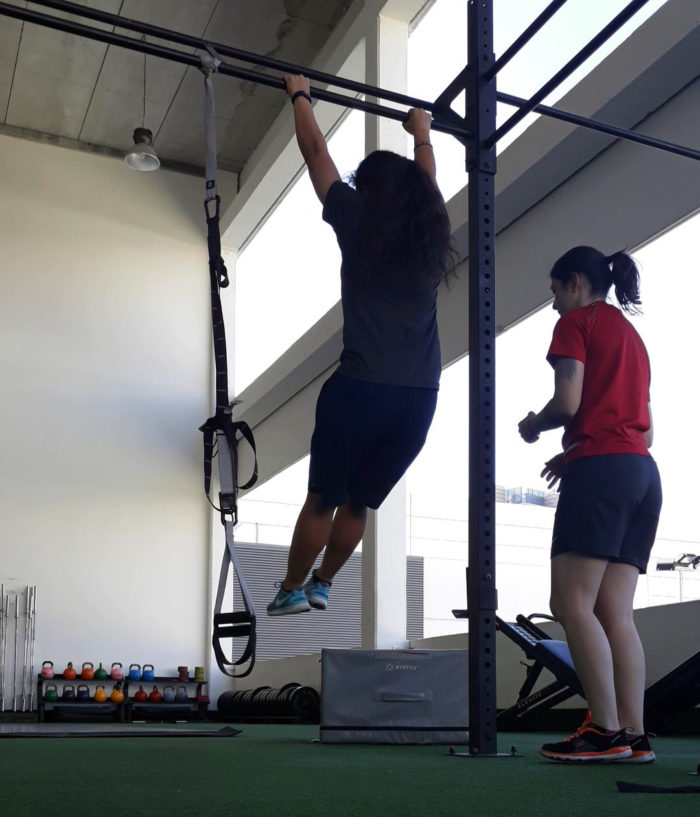The best type of leadership for a CrossFit coach
It goes without question that a good coach should have many valuable assets in their toolbox. They must be physically and mentally capable. But if I had to choose the most essential skill, I’d probably go with leadership. It’s the most relevant psychological skill when managing groups.
Regarding its definition, we haven’t reached common ground just yet. But, personally, I enjoy the definition given by Shaw (1981) and, especially, two characteristics: a leader as the most influential person and generator of a higher number of communications; and a leader as the person who receives most support from the members of the group and has the ability to influence them in a positive manner.
What types of leadership are there?
If there’s a million ways to define leadership, there’s a million ways to categorize them. For the purpose of this article, I’ll consider two types of leadership: the leader focused on emotions and the leader focused on task. The former would be the one that is able to identify emotional and collective emotions that surface in a group setting. This leader intends to build affective bonds between the members because, as we learned in the previous article, it enhances performances.
The leader that focuses on the task, on the other side, is the “typical leader” in the sense that they give most orders, communicate more frequently and organize collective and individual action to achieve the group goal. They always know what to do and they also know how to transmit the information to their followers. Their level of commitment is insurmountable.
Why should a coach be a leader?
And a good one, too. Ideally, we should focus on the task and the emotions. In a certain way, a coach is a captain for all their athletes. Every class is a small team that comes in with the goal of bringing forth their best version. Our focus as a coach – and a leader – should be for all of them to reach their goals.
We should focus on the task in the sense that we must guide our athletes in order for them to practice CrossFit in a secure and efficient manner. We must excel at identifying execution errors and proceed to correct them following points of performance. Also, we must know how to transmit to our athletes the stimulus and goal behind the WOD. Giving them purpose will peak their motivation and will also increase their fitness levels.

We should also be emotional leaders because we can’t forget we’re working with human beings. Every one of us has their own emotional baggage and we must keep that in mind. They may have feelings of fear, self-doubt or helplessness. We must be able to identify them and show acceptance towards their feelings.
Careful with thinking of emotional management as the death of emotions. We don’t want our athletes to stop feeling sad or scared in certain moments. We want these emotions to exist without preventing our athletes from moving forwards. An athlete that’s scared of trying the handstand shouldn’t feel inadequate because of it. We want them to accept their fear and battle it by advancing in little steps marked by the progressions we set up for them.
Become a superleader for your athletes
Sims & Lorenzi (1992) speak of a type of leadership that wishes not only to fully maximize their followers’ potential, but also to transform them into self-leaders, giving them the tools for them to grow. They call it “superleadership”.
This is the kind of leader we should all become. Our greatest goal is to maximize the fitness levels of our athletes to protect them from developing diseases. If we don’t want them to lose their functionality as they grow older, we should aspire to build a solid foundation in our athletes.
Shaw, M. E. (1981). Dinámica de Grupos. Psicología de la conducta de los pequeños grupos. Barcelona: Herder.
Sims, H. P. y Lorenzi, P. (1992). The New Leaderships Paradigm. Newbury, CA: Sage

